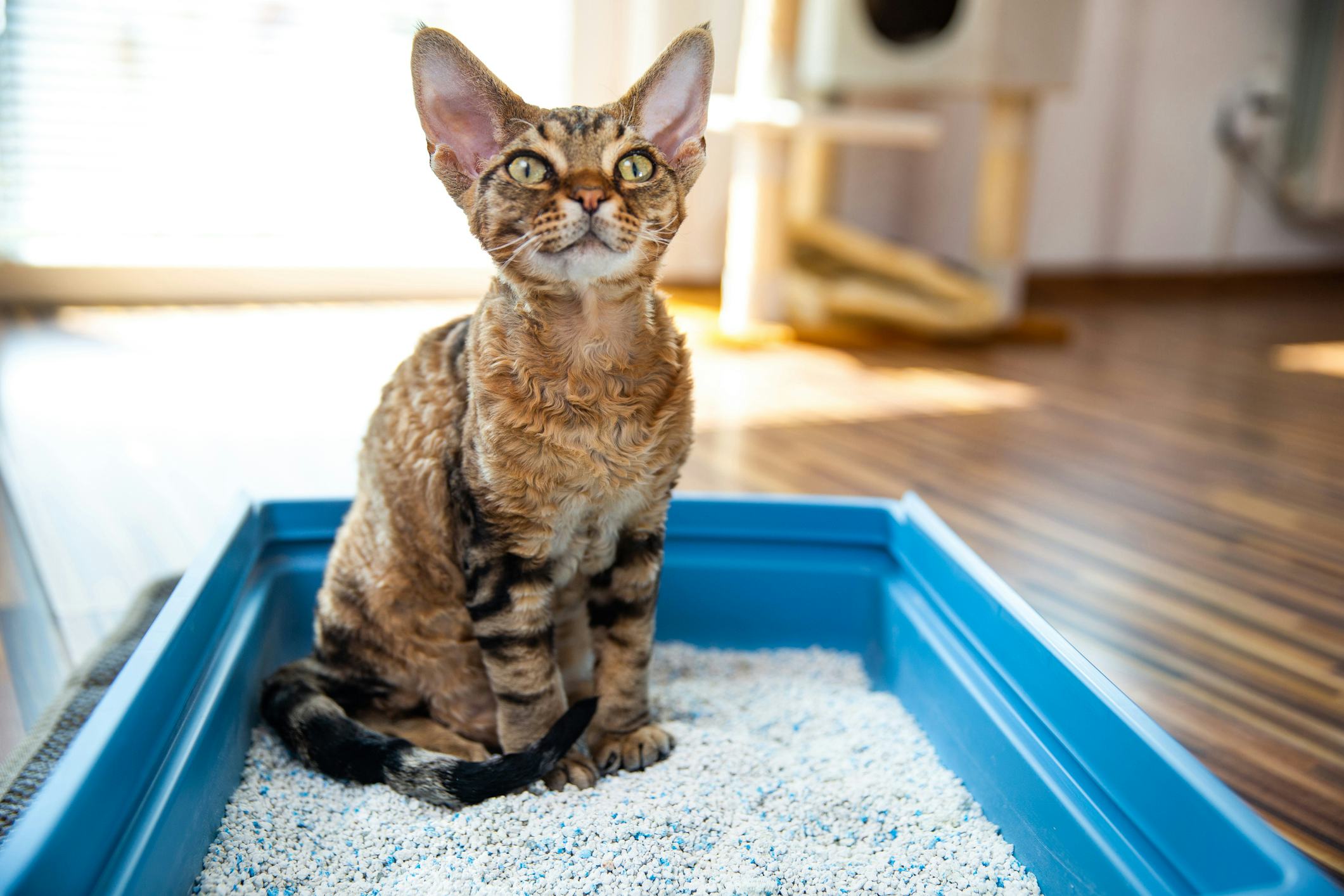Don't Flush Cat Poop Down Your Toilet - Maintain Your House's Pipe System
Don't Flush Cat Poop Down Your Toilet - Maintain Your House's Pipe System
Blog Article
We have uncovered this post relating to Don’t flush cat feces down the toilet directly below on the web and accepted it made perfect sense to share it with you on this page.

Introduction
As pet cat proprietors, it's necessary to be mindful of just how we get rid of our feline pals' waste. While it may seem convenient to flush cat poop down the toilet, this technique can have destructive consequences for both the setting and human wellness.
Alternatives to Flushing
Luckily, there are safer and more liable ways to take care of pet cat poop. Think about the adhering to alternatives:
1. Scoop and Dispose in Trash
The most usual approach of getting rid of feline poop is to scoop it right into a biodegradable bag and throw it in the garbage. Be sure to use a specialized litter inside story and get rid of the waste promptly.
2. Use Biodegradable Litter
Go with naturally degradable pet cat litter made from products such as corn or wheat. These litters are environmentally friendly and can be safely disposed of in the trash.
3. Hide in the Yard
If you have a backyard, take into consideration hiding cat waste in a designated location away from vegetable gardens and water resources. Make certain to dig deep adequate to avoid contamination of groundwater.
4. Set Up a Pet Waste Disposal System
Purchase an animal waste disposal system specifically made for pet cat waste. These systems utilize enzymes to break down the waste, decreasing smell and ecological impact.
Wellness Risks
Along with environmental issues, flushing pet cat waste can likewise posture health threats to humans. Cat feces may contain Toxoplasma gondii, a parasite that can cause toxoplasmosis-- a potentially serious health problem, specifically for pregnant women and individuals with weakened body immune systems.
Environmental Impact
Purging feline poop presents harmful microorganisms and parasites into the water system, presenting a substantial risk to aquatic communities. These pollutants can negatively influence marine life and compromise water top quality.
Verdict
Responsible animal ownership prolongs beyond providing food and shelter-- it also involves correct waste monitoring. By refraining from flushing cat poop down the commode and going with alternate disposal methods, we can minimize our ecological footprint and safeguard human health.
Why Can’t I Flush Cat Poop?
It Spreads a Parasite
Cats are frequently infected with a parasite called toxoplasma gondii. The parasite causes an infection called toxoplasmosis. It is usually harmless to cats. The parasite only uses cat poop as a host for its eggs. Otherwise, the cat’s immune system usually keeps the infection at low enough levels to maintain its own health. But it does not stop the develop of eggs. These eggs are tiny and surprisingly tough. They may survive for a year before they begin to grow. But that’s the problem.
Our wastewater system is not designed to deal with toxoplasmosis eggs. Instead, most eggs will flush from your toilet into sewers and wastewater management plants. After the sewage is treated for many other harmful things in it, it is typically released into local rivers, lakes, or oceans. Here, the toxoplasmosis eggs can find new hosts, including starfish, crabs, otters, and many other wildlife. For many, this is a significant risk to their health. Toxoplasmosis can also end up infecting water sources that are important for agriculture, which means our deer, pigs, and sheep can get infected too.
Is There Risk to Humans?
There can be a risk to human life from flushing cat poop down the toilet. If you do so, the parasites from your cat’s poop can end up in shellfish, game animals, or livestock. If this meat is then served raw or undercooked, the people who eat it can get sick.
In fact, according to the CDC, 40 million people in the United States are infected with toxoplasma gondii. They get it from exposure to infected seafood, or from some kind of cat poop contamination, like drinking from a stream that is contaminated or touching anything that has come into contact with cat poop. That includes just cleaning a cat litter box.
Most people who get infected with these parasites will not develop any symptoms. However, for pregnant women or for those with compromised immune systems, the parasite can cause severe health problems.
How to Handle Cat Poop
The best way to handle cat poop is actually to clean the box more often. The eggs that the parasite sheds will not become active until one to five days after the cat poops. That means that if you clean daily, you’re much less likely to come into direct contact with infectious eggs.
That said, always dispose of cat poop in the garbage and not down the toilet. Wash your hands before and after you clean the litter box, and bring the bag of poop right outside to your garbage bins.
https://trenchlesssolutionsusa.com/why-cant-i-flush-cat-poop/

Hopefully you enjoyed reading our part about How to Dispose of Cat Poop and Litter Without Plastic Bags. Thank you so much for taking a few minutes to browse our blog. Do you know somebody who is truly interested in Can You Flush Cat Poo or Litter Down the Toilet?? Take a moment to promote it. We thank you for reading our article about How to Dispose of Cat Poop and Litter Without Plastic Bags.
Get Offer Report this page